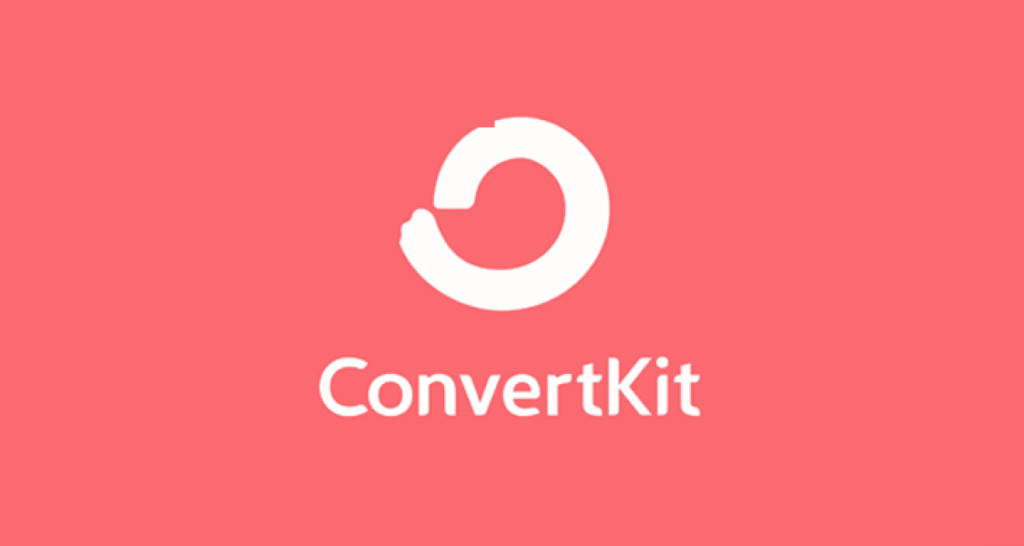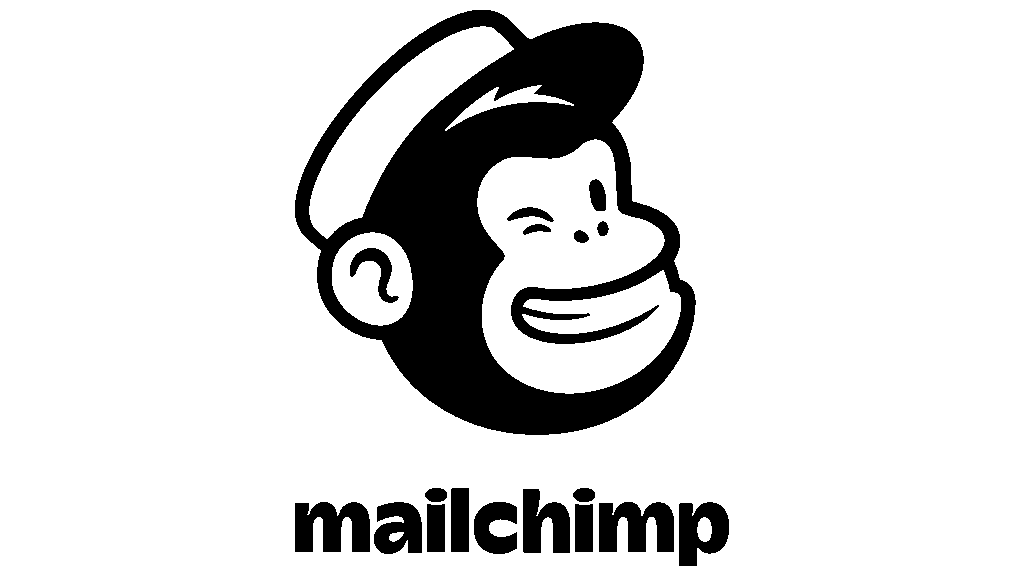
ConvertKit vs Mailchimp: Which Is Better for Email Marketing?
In today’s digital age, email marketing is the beating heart of online communication. Whether you’re a solopreneur, a small business owner, or a growing enterprise, choosing the right email marketing platform isn’t just a technical decision—it’s a decision that affects your growth, engagement, and revenue.
ConvertKit vs Mailchimp: Which Is Better for Email Marketing? It’s a hot debate among creators, marketers, and e-commerce brands—and for good reason. These two giants dominate the scene, each with a unique approach and personality. But the real question is: which one speaks your brand’s language?
Let’s dive deep into this comparison and uncover not just what they offer, but what truly works for you. This isn’t just a checklist—it’s a decision-making guide that puts your goals at the center.
Understanding Email Marketing Platforms
Before we compare, let’s align on one simple truth: not all email tools are created equal. The best email platform for one business might be a roadblock for another. What matters most is how well the platform understands your audience, your workflow, and your goals.
Email marketing platforms have evolved. They’re no longer just about sending newsletters. Today, they automate, segment, analyze, and connect your business with your audience—on autopilot. But only if you pick the right one.
Overview of ConvertKit

ConvertKit is like the quiet genius in the room—built specifically for creators, bloggers, and entrepreneurs who want elegance, not complexity. Founded by Nathan Barry in 2013, ConvertKit was designed with simplicity and purpose in mind.
Its clean interface is geared toward meaningful communication. Unlike flashy tools with endless distractions, ConvertKit offers clarity—something many creators crave.
Key Features of ConvertKit:
- Visual automation builder that’s both intuitive and powerful
- Seamless tagging and segmentation
- Built-in landing pages and forms
- Creator-friendly tools like tip jars and product sales integration
Overview of Mailchimp

Mailchimp is the colorful storyteller with a business brain. Founded in 2001, it evolved from a side project to a full-blown marketing ecosystem—suitable for startups, e-commerce brands, and businesses that need more than just email.
With its drag-and-drop editor, AI-powered suggestions, and marketing tools beyond email, Mailchimp is perfect for those who want it all in one place.
Key Features of Mailchimp:
A/B testing and detailed campaign reports
Advanced design and customization options
Social media, ad integrations, and analytics
AI content suggestions
Ease of Use: ConvertKit vs Mailchimp
ConvertKit wins in simplicity. You can set up your first automation or sequence without watching a tutorial. It feels natural.
Mailchimp, on the other hand, can feel overwhelming at first. Its robust features come with a learning curve, especially for non-tech users. But once you get past that curve, it’s incredibly flexible.
Verdict: Beginners and creators will find ConvertKit easier, while tech-savvy teams might appreciate Mailchimp’s advanced dashboard.
User Interface and Navigation
ConvertKit’s interface is minimalistic and focused. You won’t get lost.
Mailchimp’s dashboard is rich but cluttered. It offers more, but it demands more of your attention too.
Email Automation and Workflows
ConvertKit’s visual automation builder is a joy to use. You can map out subscriber journeys like drawing on a whiteboard.
Mailchimp offers automation as well, but it’s more structured and less visually fluid. It’s excellent for e-commerce flows like abandoned carts but less intuitive for complex creator funnels.
Email Templates and Design Flexibility
Mailchimp takes the crown here. With hundreds of customizable templates, it’s a designer’s playground.
ConvertKit, in contrast, keeps things plain—on purpose. It focuses on plain-text emails that feel personal and perform better in many cases.
Think of it this way: Mailchimp is the Hollywood blockbuster. ConvertKit is the intimate indie film that wins awards.
Audience Segmentation and Targeting
Both platforms offer segmentation, but ConvertKit’s tagging system is incredibly fluid. You can create smart, dynamic lists based on behavior, actions, and more—ideal for storytellers and educators.
Mailchimp uses lists and segments too, but it can feel rigid when you try to get creative.
Integrations with Third-Party Tools
Mailchimp integrates with nearly everything—Shopify, WordPress, WooCommerce, Google Ads, Instagram, and more.
ConvertKit has solid integrations too (Teachable, Stripe, WordPress, etc.), but Mailchimp’s ecosystem is larger.
Analytics and Reporting

Mailchimp wins on visual analytics. You get dashboards with bounce rates, heatmaps, click maps, and more.
ConvertKit offers clear, creator-focused reports, like open rates and subscriber growth—enough for most solo businesses.
Deliverability and Performance
Deliverability is where ConvertKit quietly shines. Because of its plain-text-first approach, it tends to avoid the spam folder more consistently.
Mailchimp does well too, but with flashy designs and scripts, the deliverability may vary.
Pricing: ConvertKit vs Mailchimp
ConvertKit’s pricing is creator-friendly:
- Free for up to 1,000 subscribers (basic features)
- Paid plans start around $9/month
Mailchimp’s pricing is feature-packed but tiered:
- Free up to 500 contacts
- Advanced features locked behind higher tiers
- Monthly email send limits on free plans
If you value simplicity and transparency—ConvertKit. If you need advanced multi-channel marketing—Mailchimp.
Customer Support and Resources
ConvertKit shines with fast, friendly, and human support. Their blog, documentation, and creator resources are top-notch.
Mailchimp has a vast help center, chatbot, and email support—but phone support is limited unless you’re on a premium plan.
Pros and Cons of ConvertKit
Pros:
- Easy to use, even for non-techies
- Clean automation builder
- Tag-based smart segmentation
- Great support and tutorials
Cons:
- Limited design flexibility
- Not ideal for large teams or e-commerce
Pros and Cons of Mailchimp
Pros:
- Gorgeous templates and drag-and-drop editor
- Rich reporting and A/B testing
- More integrations and features
Cons:
- Steeper learning curve
- Can become pricey with growing lists
Which Platform Is Best for Beginners?
If you’re new to email marketing, ConvertKit is a gentle guide. It’s the difference between walking a trail with a map vs. being dropped into a jungle with a GPS.
Mailchimp, while powerful, may overwhelm beginners with its options and structure.
ConvertKit vs Mailchimp: Which Is Better for Email Marketing?
Here’s the truth: the better platform depends on you. If you’re a creator, course seller, writer, or coach—ConvertKit feels like home. If you’re a business juggling ads, email, and analytics—Mailchimp gives you the tools.
But if we’re talking about clean workflows, better deliverability, emotional connection, and creator freedom, ConvertKit wins this round.
FAQs
Is ConvertKit better than Mailchimp for creators?
Yes, ConvertKit is tailored for creators with simplified workflows, strong automation, and plain-text emails that connect.
Does Mailchimp offer better templates?
Absolutely. Mailchimp excels at design flexibility, with hundreds of templates perfect for e-commerce and promotions.
Which platform is more affordable?
ConvertKit’s pricing is transparent and friendly for small creators. Mailchimp can get expensive as your list grows.
Can I use both platforms at once?
Technically, yes—but it’s not recommended due to list management and deliverability concerns.
Which one has better automation features?
ConvertKit is easier and more visual, while Mailchimp is powerful but requires more setup.
What about GDPR and compliance?
Both platforms support GDPR compliance tools, including consent checkboxes and unsubscribe features.
Conclusion
So, ConvertKit vs Mailchimp: Which Is Better for Email Marketing? The answer isn’t black and white—but if you’re chasing engagement over embellishment, ConvertKit offers authenticity, ease, and focus.
For those wanting an all-in-one marketing suite, Mailchimp remains a powerful option. But simplicity wins when clarity leads to conversions.
Related Topics
Jasper vs Writesonic: Which AI Writer Wins in 2025?|Toolgenix
Surfer SEO vs NeuronWriter: Best SEO Tool for Bloggers|Toolgenix
Canva vs VistaCreate: Which Design Tool Should You Choose?|Toolgenix
Systeme.io vs ClickFunnels: Best Funnel Builder for Beginners|Toolgenix
Grammarly vs ProWritingAid: Which Grammar Tool is Smarter?|Toolgenix
Hootsuite vs Buffer: Which Social Media Scheduler Works Best?|Toolgenix



